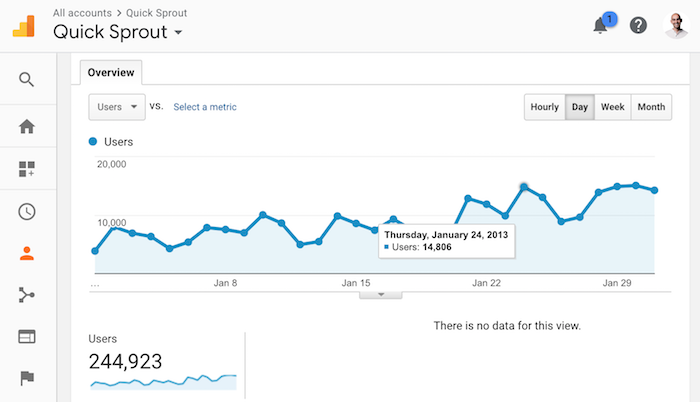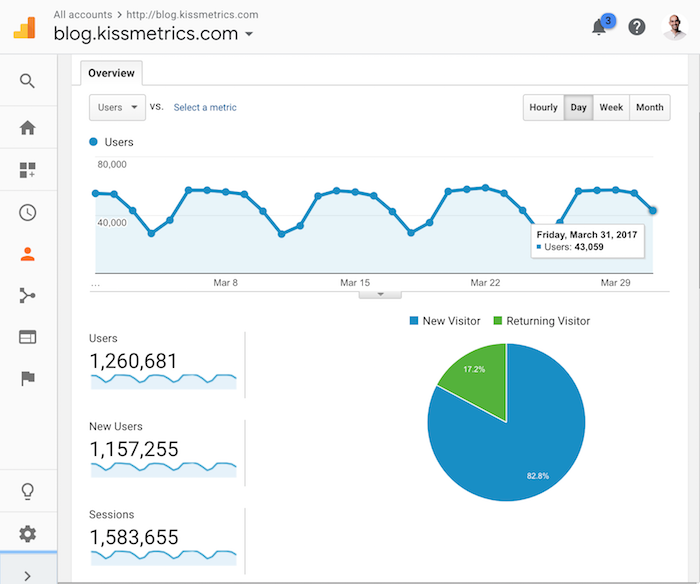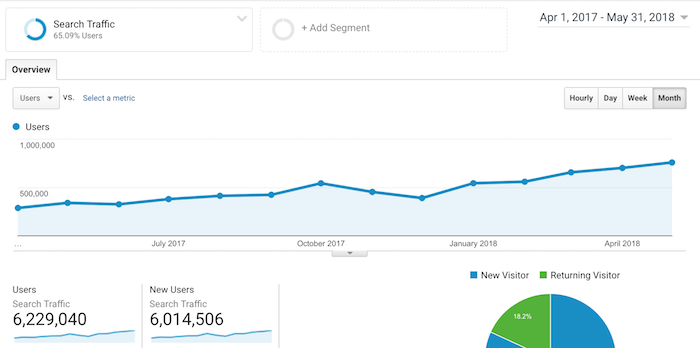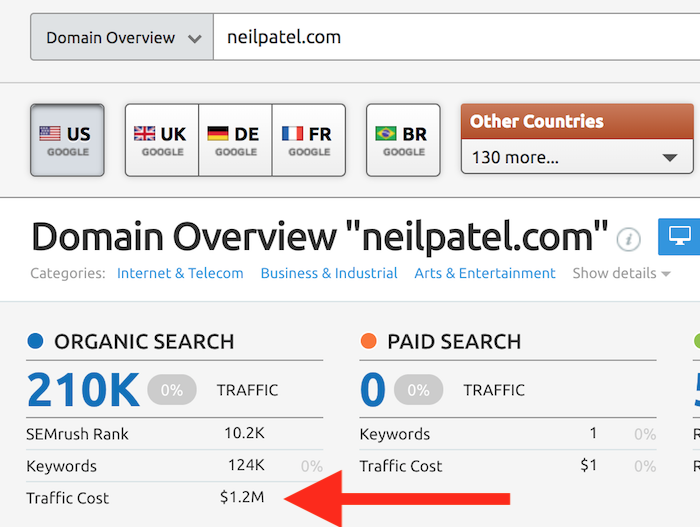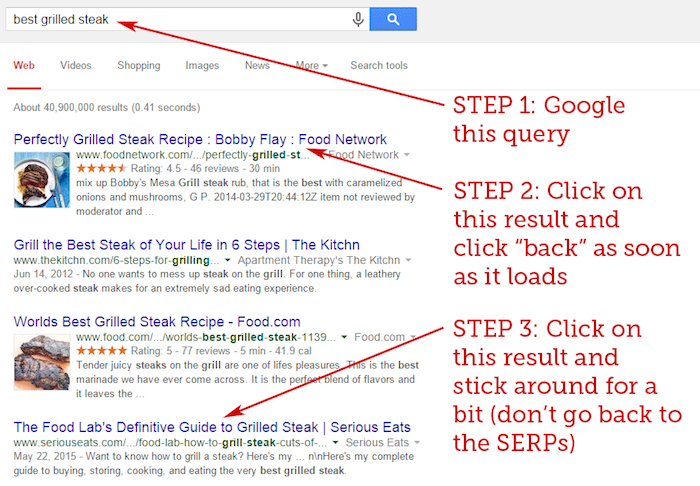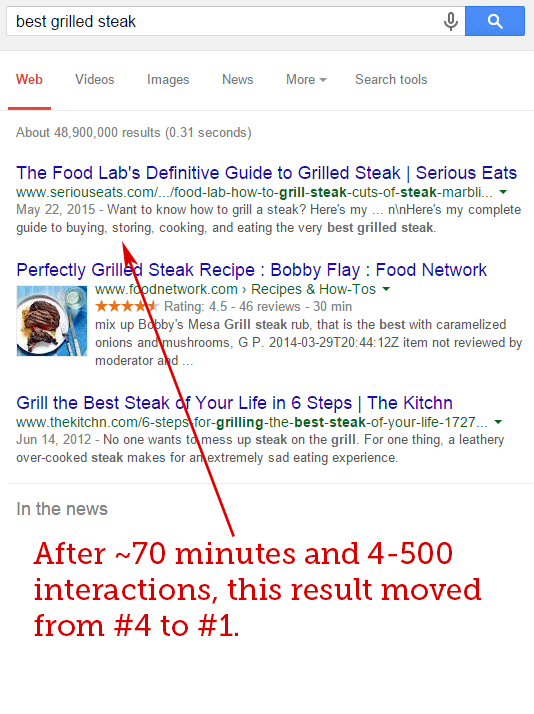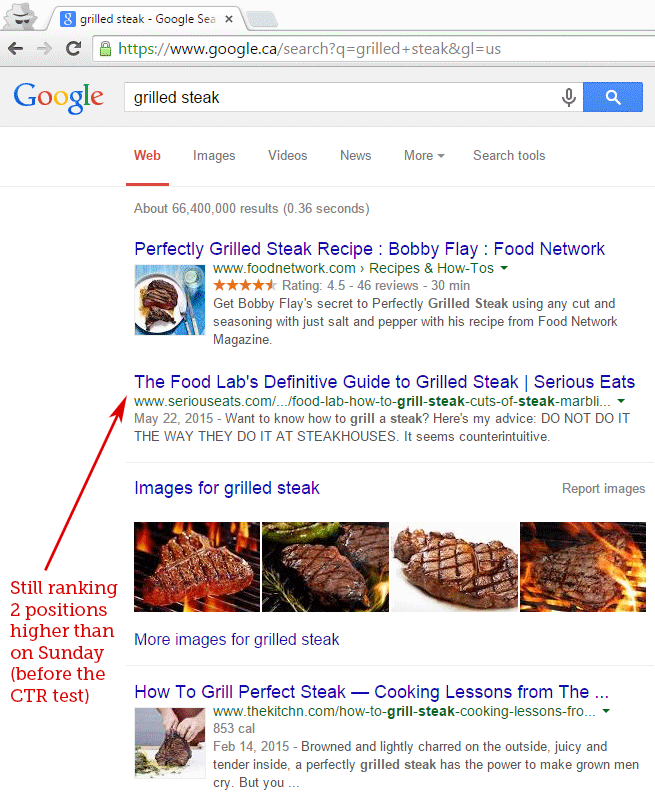Conversion optimization gives you more customers with the traffic and marketing budget you already have.
Even better, once you find these conversion wins, you get to benefit from those wins day in and day out.
These are permanent increases to your business.
Start with our Beginners Guide to Conversion Optimization which breaks all this down in detail.
To simplify everything, we put together an extremely detailed guide on How To Double Your Conversions in 30 Days. It’s a step-by-step process for making an immediate improvement to your conversion rates.
Before jumping into all the conversion tactics, we recommend getting a strong foundation with how conversion optimization works. By knowing how customer personas and conversion funnels work, you’ll know which conversion tricks to use for your business:
- How to Create a Customer Journey Map That Converts
- How to Develop a Customer Persona That Improves Conversion Rates
- Beginner’s Guide to Customer Conversion Funnel
- Conversion Funnels and User Flows
- What Spending $252,000 On Conversion Rate Optimization Taught Me
Website Optimizations
The first step of any conversion optimization program is to optimize your website. There’s tons of improvements that you can ship today. There’s no need for intense A/B testing programs or complex tactics, we always start with the basics.
A thorough polish of your website can easily boost conversion rates 30-50%. That’s a permanent lift from a one-time project.
One of the pitfalls that I’ve fallen into the past: holding back on obvious improvements until I had an A/B testing program that could verify everything. I wish that I had launched improvements a lot earlier instead of waiting. These days, I pursue good-enough instead of perfect.
To help guide you through all the best practices that are worth shipping right away, we put together these guides:
- How to Design a Homepage That Converts
- The Comprehensive List of What Needs to Be Above the Fold on Your Homepage
- 11 Ways to Improve Your Calls to Action
- 5 Tips for Better a Contact Form Conversion Rate
- Stop Creating Explainer Videos, You’re Doing It All Wrong!
- 16 Tips To Improve Your Pricing Page
- 13 Website Design Best Practices
- How to Increase Conversions by Avoiding These 7 Navigation Mistakes
- How to Boost Conversions by Personalizing Your Website
- How to Increase the Revenue Value of Your Homepage by 851%
- How to Blast Away the Top 15 Conversion Roadblocks on Your Website
- 5 Ways Your Fans Can Help Optimize Your Site for Conversions
- 5 Advanced Formatting Tips to Maximize Time on Site and Conversions
- How Typography Affects Conversions
- How To Optimize Responsive Design for Conversions
- How Colors Affect Conversion Rate
Tips and Tactics
Regardless of what you’re optimizing, there’s an endless number of tips and tactics for getting an extra boost in your conversion rates. When you’re ready to start going after the smaller wins to squeeze every last bit out of your traffic, these guides will give you plenty of ideas to use:
- 37 Conversion Rate Optimization Tips
- Top 36 Expert Conversion Tips
- 4 Conversion Rate Optimization Tactics That Hurt You in the Long Run
- 17 Ways To Social Proof Your Brand
- How To Get Testimonials and Use Them the Right Way
- How to Handle Price Objections
- 8 Powerful Takeaways from Eye Tracking Studies
- 15 Ecommerce Conversion Rate Optimization Wins to Test
- What Converts Better: Free Trial or Money Back Guarantee?
- 6 Ways to Get Signups for Your Product That Hasn’t Launched
- How to Boost Revenue by Optimizing the Customer Experience
- 12 Tips to Increase Webinar Conversions
- A Step-By-Step Process to Tell Compelling Stories and Improve Conversion Rates
- How Reducing Options Can Increase Your Conversions
- How to Boost Conversions by Tastefully Implementing Scarcity Tactics
Landing Pages
The right landing page can make or break a funnel.
I’ve seen landing pages improve conversion by over 400% with the right offer and design. That’s right, I’ve quadrupled lead and signup flow by finding a stronger offer for my landing page. Think of it this way: if you were previously paying $10 for a lead, that kind of win would reduce your lead cost to $2.50. Getting 4X the lead volume with the same marketing budget would catapult your business to the next level.
I’m not going to lie, there’s a bit of luck in finding these kinds of wins. But there’s always a lot of things you can do in order to stack the odds in your favor.
We’ve put together all our best practices for landing pages:
- Beginners Guide to Landing Page Optimization
- Complete Guide to Landing Pages
- Landing Page Optimization
- Lead Magnet Creation
- 14 Best Landing Page Tools
- The Anatomy of a Landing Page
- How Long Should Your Landing Page Be?
- 7 Landing Page Flaws That Kill Your Conversions (and How to Fix Them)
- 10 Landing Page Tactics That Will Turn Casual Visitors into Converting Customers
- How to Write a Double Opt-in Landing Page That Converts Well
- Without Emotional Advertising, Your Landing Page Won’t Work. Here’s How to Get It Right.
A/B Testing
I personally love A/B testing. There’s something about getting hard data on what truly works that I’ve always found to be addictive.
A quick warning: only start A/B testing once you have a ton of data to work with. Even though I’ve built A/B testing teams for multiple businesses, I rarely A/B test these days. There’s just too many other major wins to pursue first. I’m more focused on getting the core funnel to a healthy place before running any A/B tests.
Once traffic is flooding your site and you’re scaling nicely, consider an A/B testing program for that little extra boost. These guides show you how:
- Beginners Guide to A/B Testing
- 24 A/B Testing Ideas That You Should Try
- 15 A/B Testing Mistakes to Avoid
- A/B Testing Research Tips
- The Top 13 Tools to Use for A/B Testing
- How to Start A/B Testing Your Email Marketing (A Beginner’s Guide)
- How To Interpret AB Testing Results
- What Should You Be A/B Testing?
Traffic Optimization
While most of our conversion optimization work happens on our site, there are also optimization wins to help with our traffic. Whether it’s SEO or paid traffic, you’ll want to optimize your entire funnel. Use these guides to get started:
- Having Trouble Converting Your SEO Traffic? This Is Probably Why
- Paid Traffic Conversion Optimization Guide
- How to Increase Sales Conversions with Retargeting Strategies
from Brian Milners SEO Feed http://feedproxy.google.com/~r/Quicksprout/~3/MQigo_NWY24/
via IFTTT

